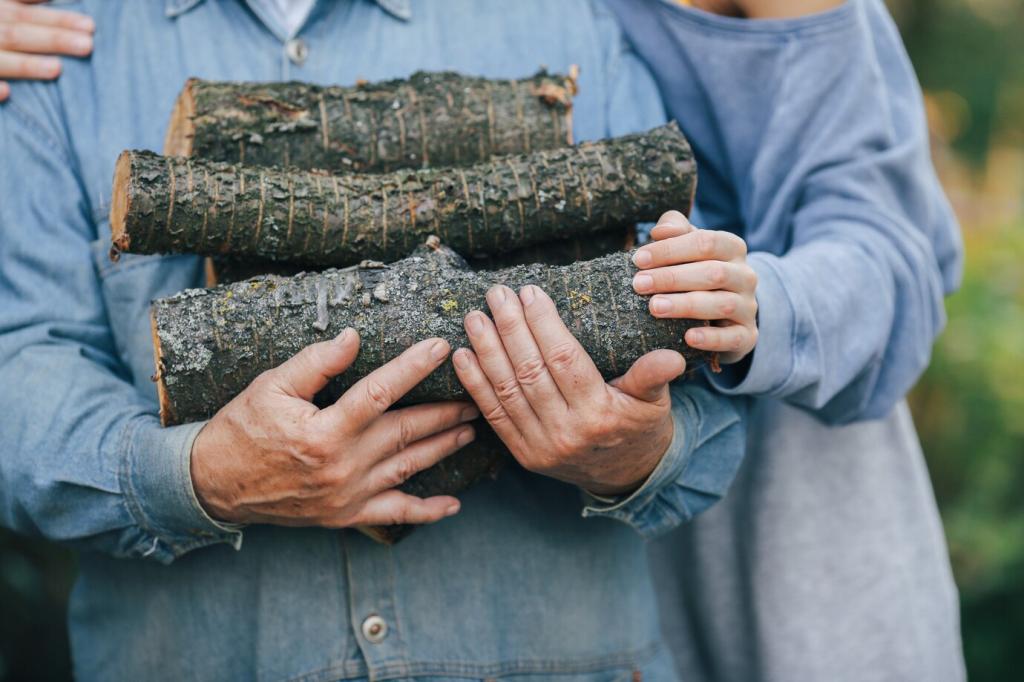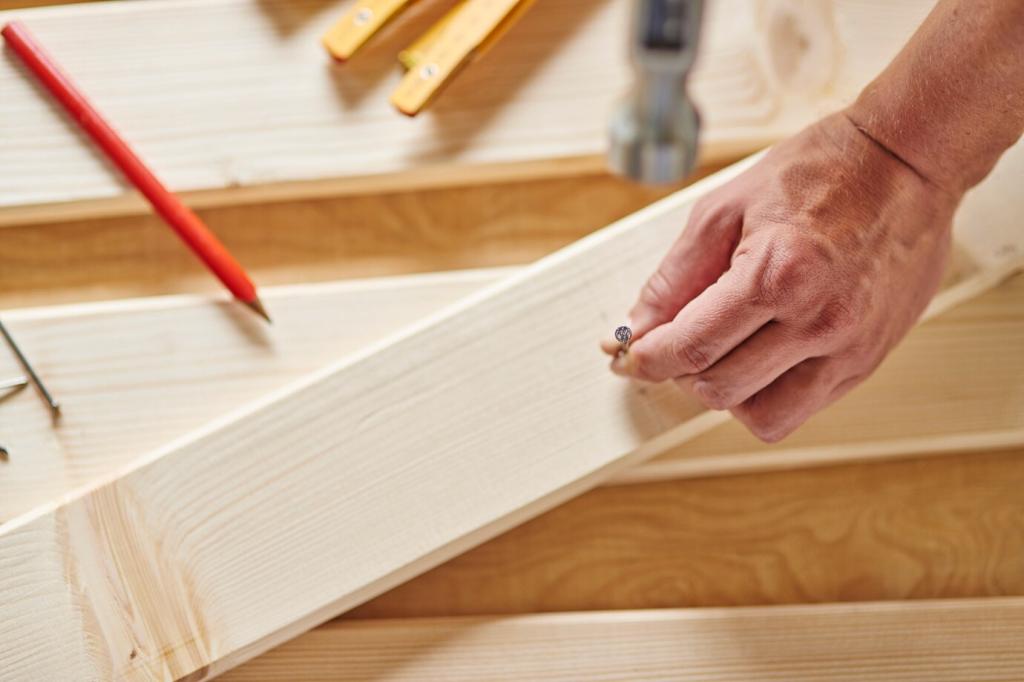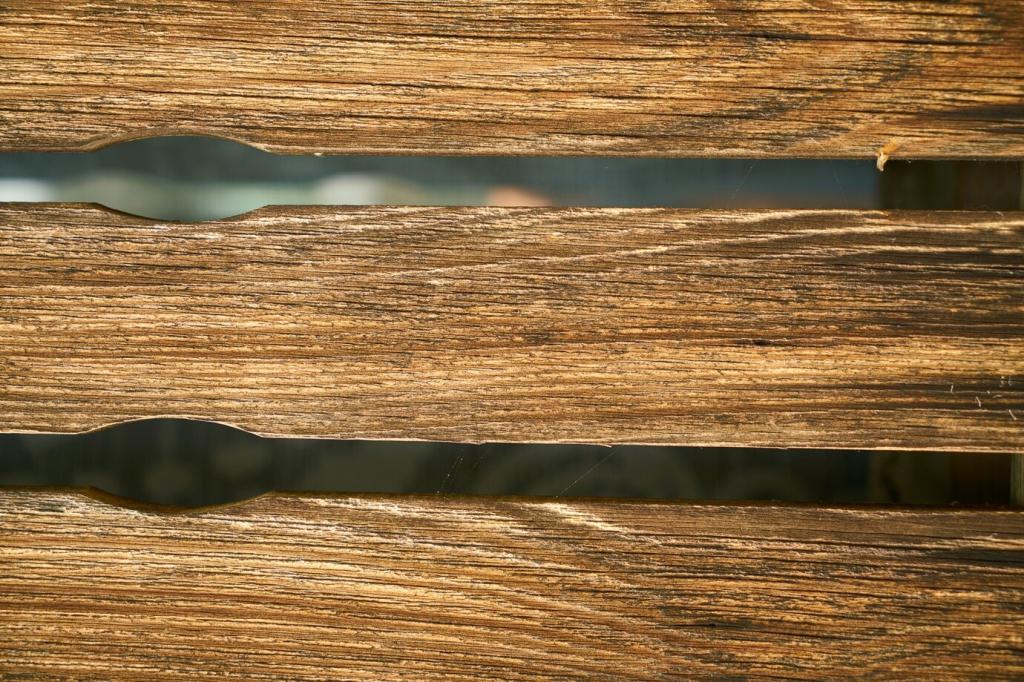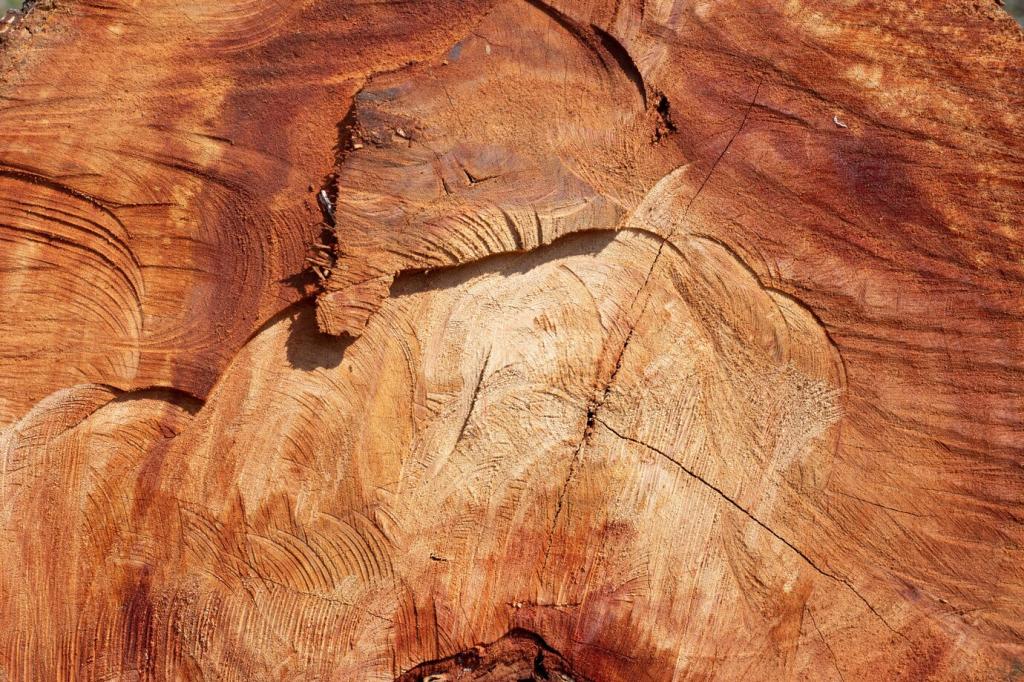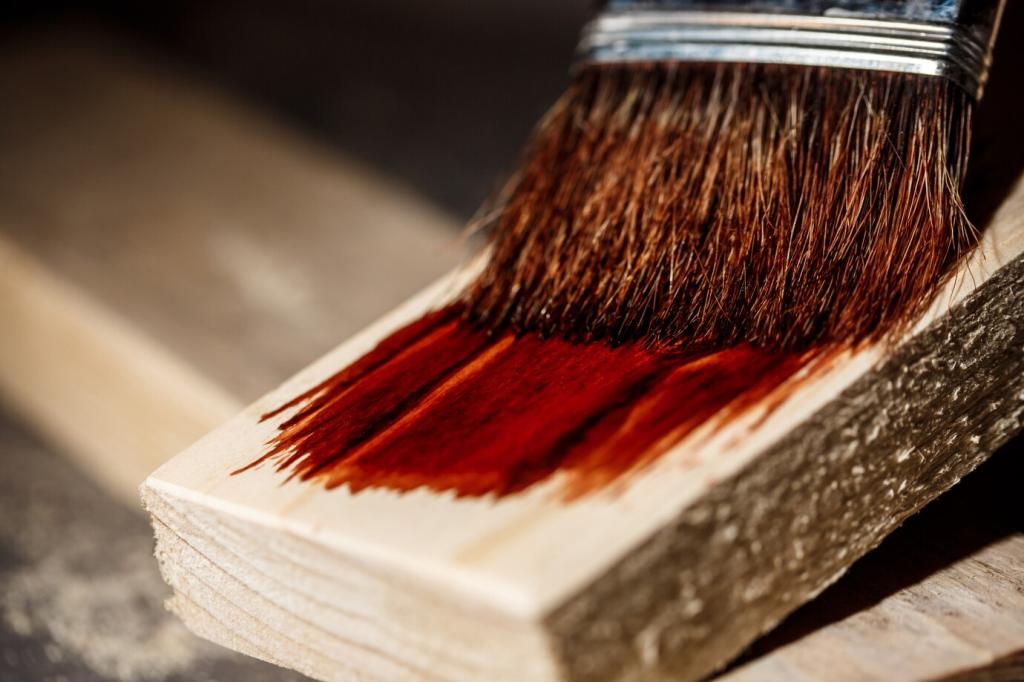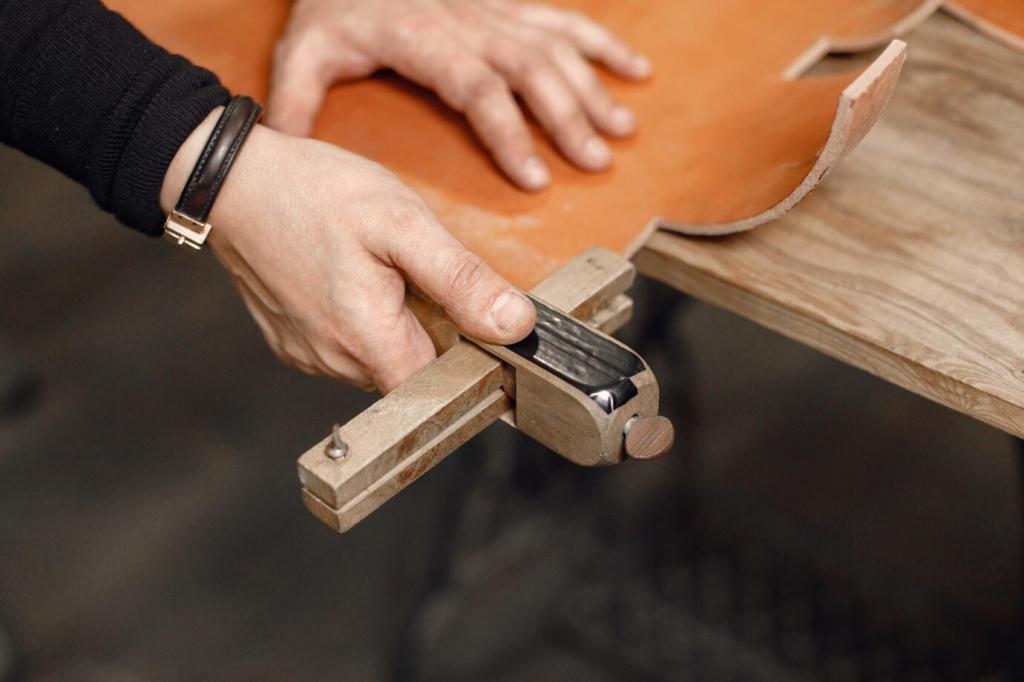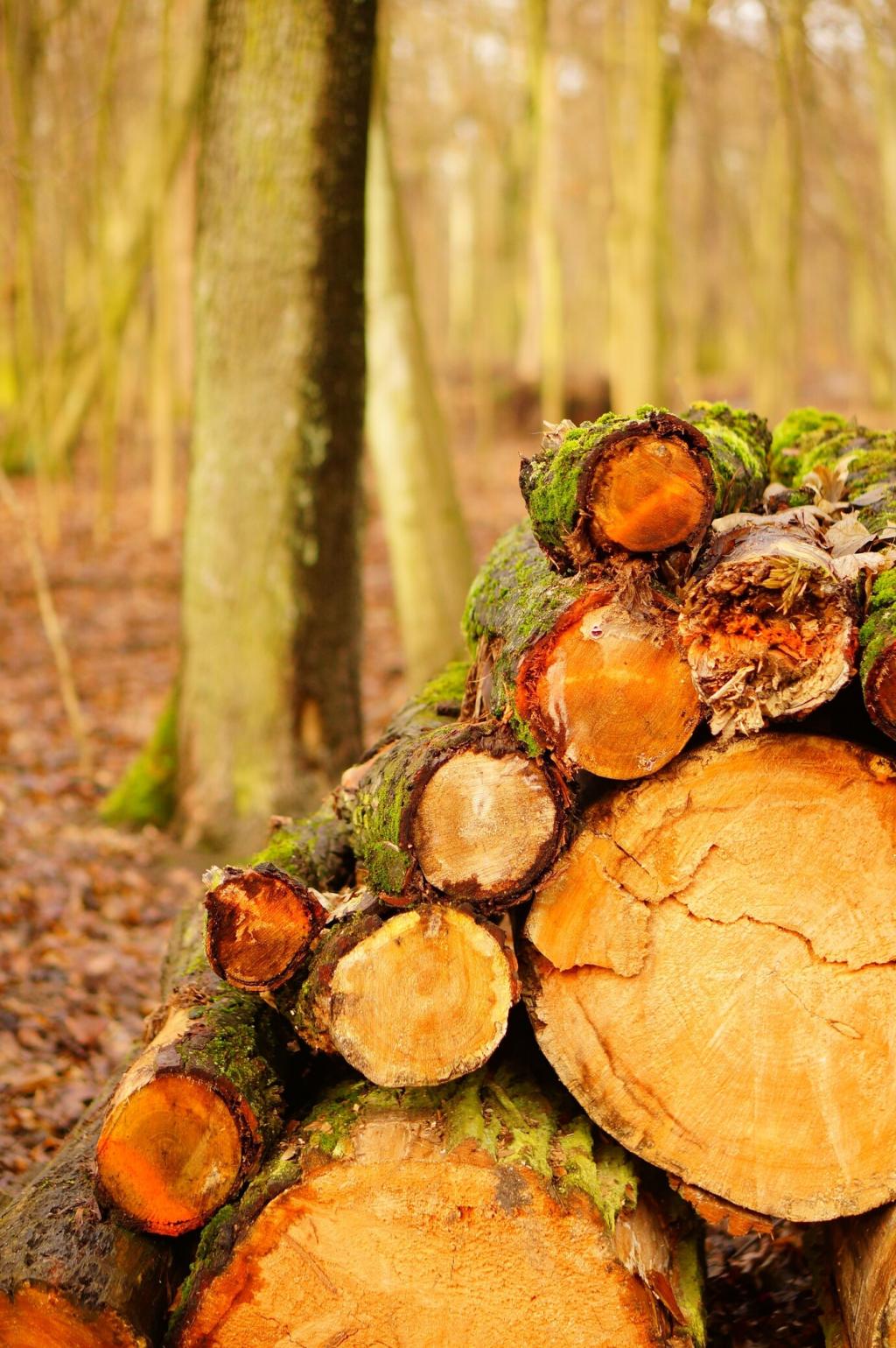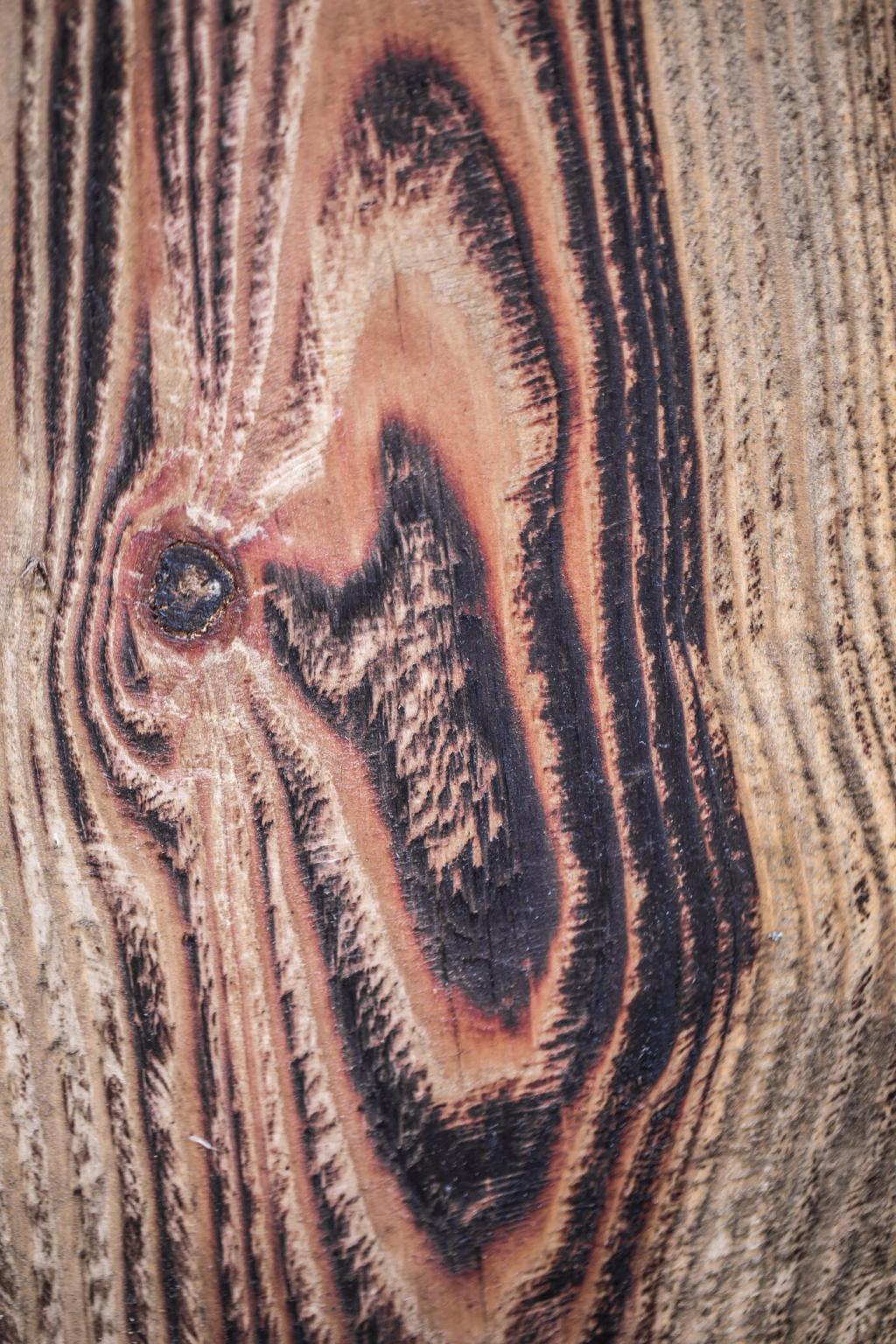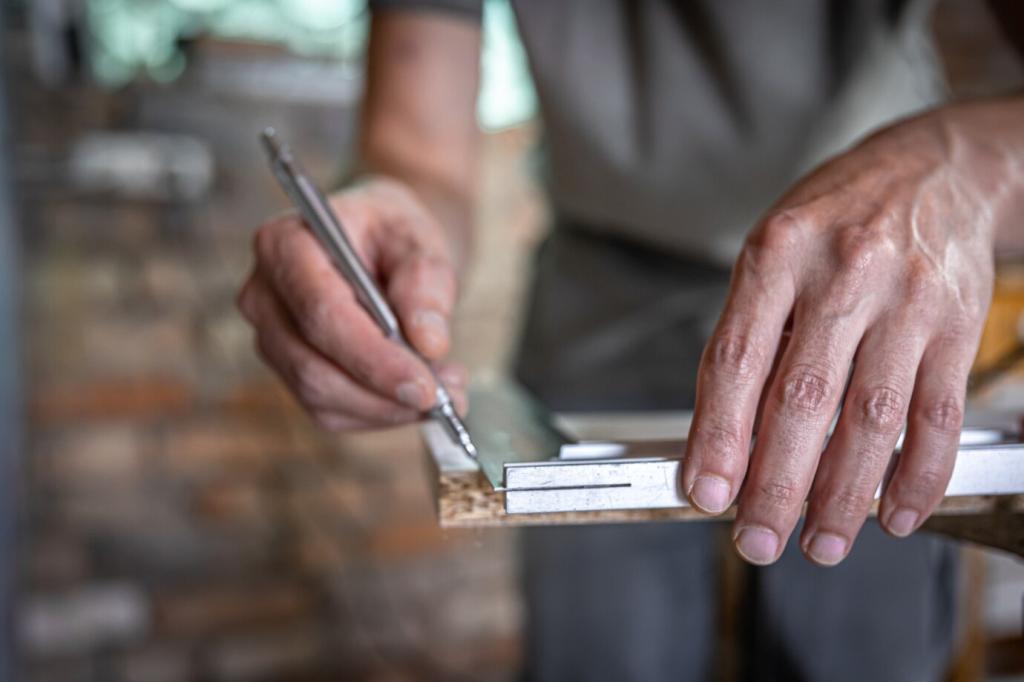Care Rhythm: Weekly, Monthly, and Seasonal
Lift dust with a barely damp microfiber cloth, not a wet one. Trapped grit scratches; captured dust does not. Skip silicone sprays that can complicate future refinishing. End with a dry pass. How do you control dust in busy rooms? Share your strategies for pets, windows, and daily traffic.
Care Rhythm: Weekly, Monthly, and Seasonal
Apply a whisper-thin layer of your chosen natural polish, working it fully into the surface and buffing until dry to the touch. Thin, frequent coats beat heavy, infrequent ones. Ventilate, and give the piece a quiet evening to settle. Comment with your favorite monthly recipes and cloth choices.

